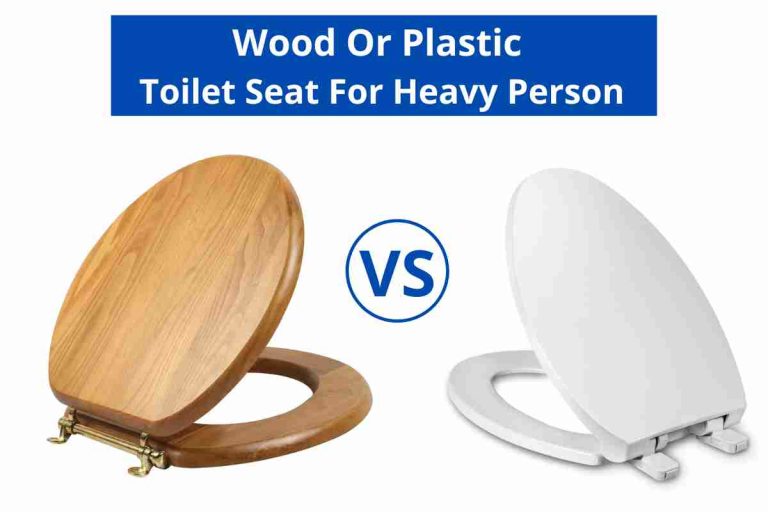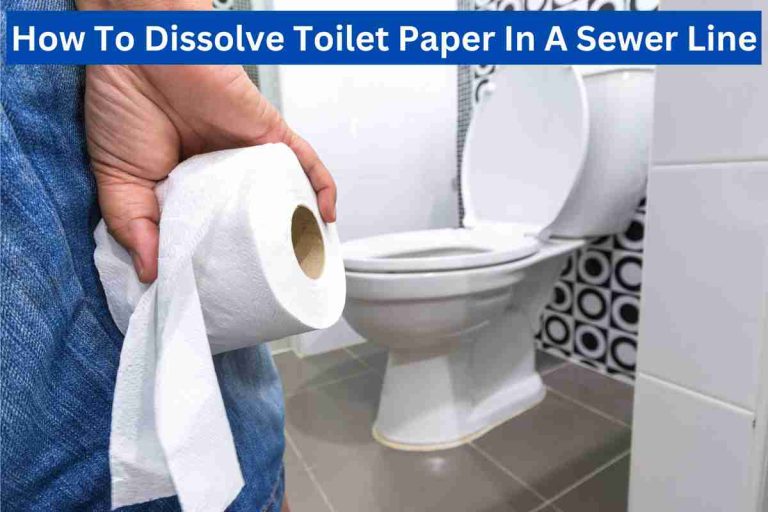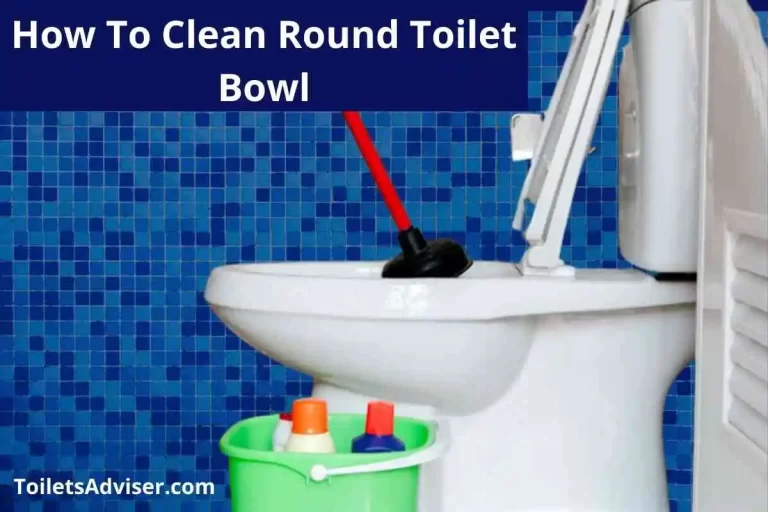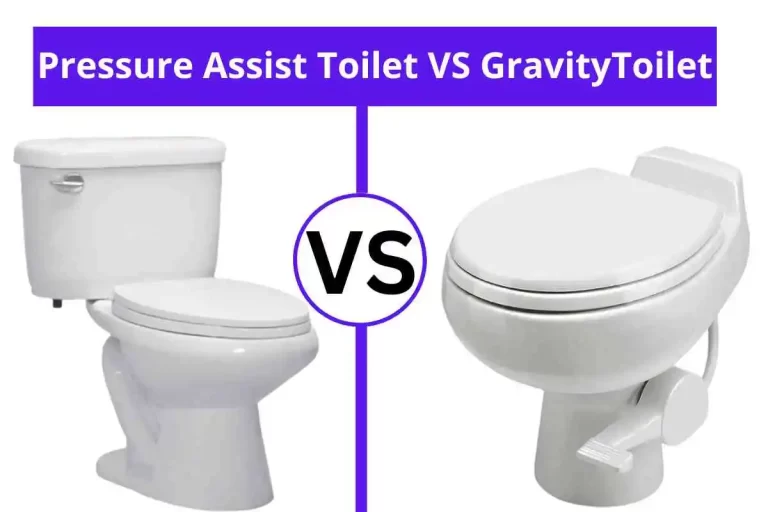Are Tankless Toilets Good(How Does Tankless Toilet Work)2024
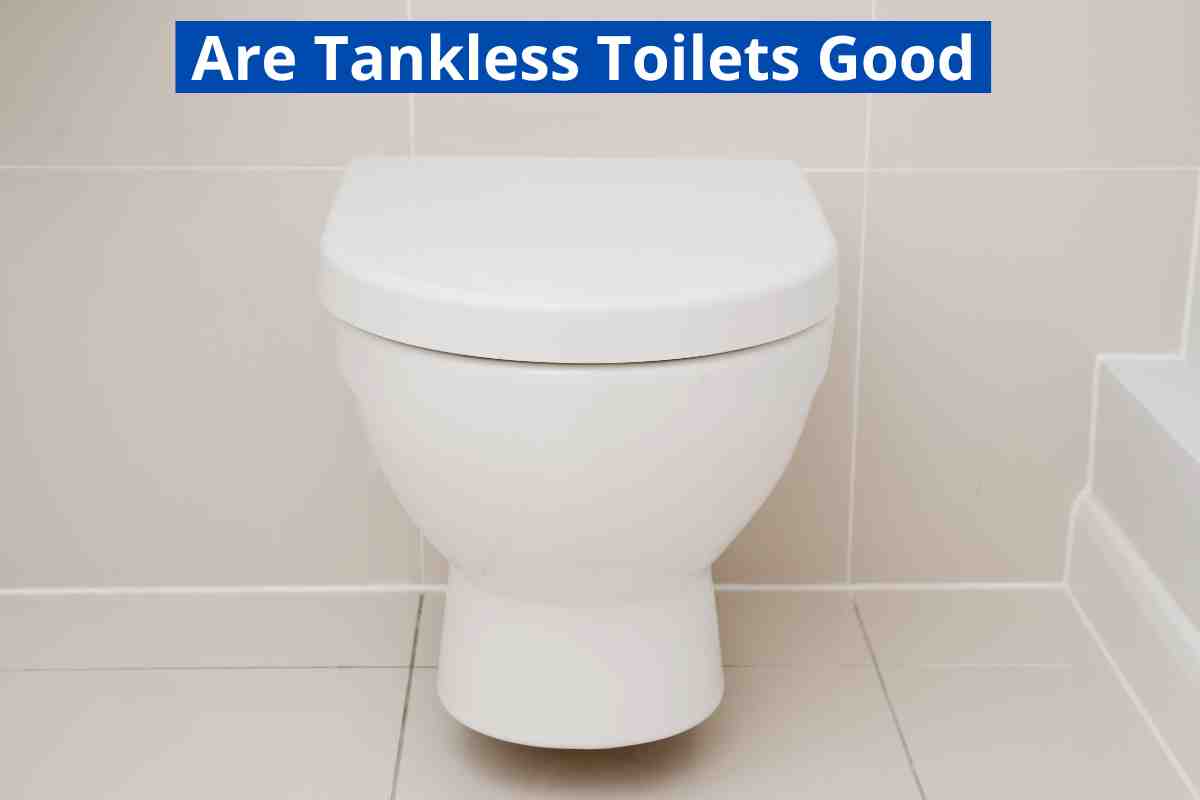
When considering bathroom renovations or new construction, one of the most common dilemmas faced is whether to install a tankless or traditional tank toilet.
These two options each have their purported pros and cons. As a seasoned DIY and home efficiency expert, I wanted to weigh the facts to determine which holds advantages. Let’s read detailed discussion;
Table of Contents
Are Tankless Toilets Good? Investing Reality
1. Water Savings- Hype vs Reality
A primary selling point for tankless toilets is water conservation. By drawing from the supply line only as needed, they eliminate unused tank water. But how much do they truly save? My research found estimates of 1-2 gallons daily per unit at most.
For a family of four using six flushes each daily, that’s only 12-24 gallons reduced out of a total household usage of 80-100 gallons per person. Unless on usage-based utility rates, the payback period for the higher tankless cost exceeds 5 years.
2. Performance- Power of the Tank
While tankless models deliver targeted consumption, a full tank’s force results in more thorough waste removal with fewer flushes. Multiple tries are common with tankless due to inadequate pressure. It diminishes their eco-friendly image.
Dual-flush tanks now exist, boasting 1.1 gallons or less per use, competitive with – or even better than – the leaders in tankless gallons-per-flush stats.
3. Hygiene- Busting the Stagnant Water Myth
Fears of toilet tank water quality proved unfounded, according to experts. Stagnation is nonexistent with newer, efficient designs employing automatic refills. Proper cleaning eliminates contaminants. Tankless exchanges one set of parts for another to operate – components also require maintenance over time.
4. Serviceability- Simple Tanks Win Over Complex Mechanisms
Long-term cost savings stem from the ease of self-repair. Tank components like flappers cost pennies and are installed in minutes. Tankless internals like jets demand professional services when damaged, carrying premium labor charges. Overall life-cycle expenditures favor no-nonsense tank toilet dependability.
Frequently Asked Questions (FAQ’s)
- Do tankless toilets take up less space?
Due to the lack of a cumbersome water tank, tankless toilets can offer a smaller footprint and provide more freedom in bathroom layout designs. However, the space savings are often negligible for average-sized bathrooms.
- What is the pressure for a tankless toilet?
Tankless toilets rely on water pressure from the main line rather than a gravity-fed tank. Common pressure requirements are 0.7-1.4 bars or 10-20 PSI for consistent, forceful flushes with each trigger.
- Do tankless toilets use more water?
While marketed as water savers, tankless toilets risk using more overall. They commonly need multiple flushes to fully clear waste compared to one tankful with traditional models, especially for larger households.
- Are tankless toilets loud?
Tankless toilets are loud than tanks due to waterjets and sensors used in each flush cycle. Comparative models find tankless toilets producing noticeably louder decibel levels during operation versus the near-silent performance of quality tank toilets.
While one form fits certain applications better, most family homes do just fine with reputable, high-efficiency tank toilets. Their functionality, convenience, and hassle-free ownership translate to very practical everyday use. Only unconventional needs justify tankless’ premium – for the majority, tanks remain crowd-pleasing champs.
Final Words
With proper care and selective model choice, tank toilets offer a hard-to-beat combination of performance, low costs, and easy maintenance that keeps them sitting comfortably as champions of mainstream bathroom fixtures. Their reputation as a go-to option remains fully flushed.

Hello, I’m James Christopher, and I’ve spent the better part of the last decade immersed in the world of plumbing, specifically focusing on toilets and their intricacies. My journey into the world of plumbing was filled with twists, turns, and a healthy dose of curiosity.
I vividly recall my humble beginnings as an apprentice in a small plumbing firm. The first time I laid my hands on a wrench and peered into the depths of a toilet tank, I was awed and a little apprehensive. But that sense of curiosity drove me to learn more about these seemingly mundane fixtures.
Over the years, I’ve had the privilege of working on countless toilet installations and repairs. I’ve seen everything from the oldest, most stubborn toilets that seemed like relics from another era to the sleek, modern models with all their advanced features. Each toilet had its unique personality and set of quirks, and it was my job to decode their mysteries.
Toilets are not the most glamorous topic of conversation, but they are essential to our daily lives. We often take a well-functioning toilet for granted, but when things go awry, it can be a real headache. That’s where my expertise comes into play.
Through my years of hands-on experience, I’ve encountered many toilet problems, from the mundane to the downright perplexing. I’ve tackled insurmountable clogs, leaks that left homeowners scratching their heads, and flushing issues that defied logic. But I’ve learned something new with each challenge and honed my skills.
I’m excited to share my knowledge and insights with you through the blog https://toiletsadviser.com/. Whether you’re in the market for a new toilet and need guidance on choosing the right one, or you’re facing a frustrating toilet problem that needs fixing, I’m here to help.
At toiletsadviser, I’ll draw from real-world experiences to provide practical advice and solutions. I’ll demystify the world of toilets, making it easier for you to understand how they work and how to keep them in tip-top shape. I’ve covered you, from reviews of the latest toilet models to step-by-step troubleshooting guides.

